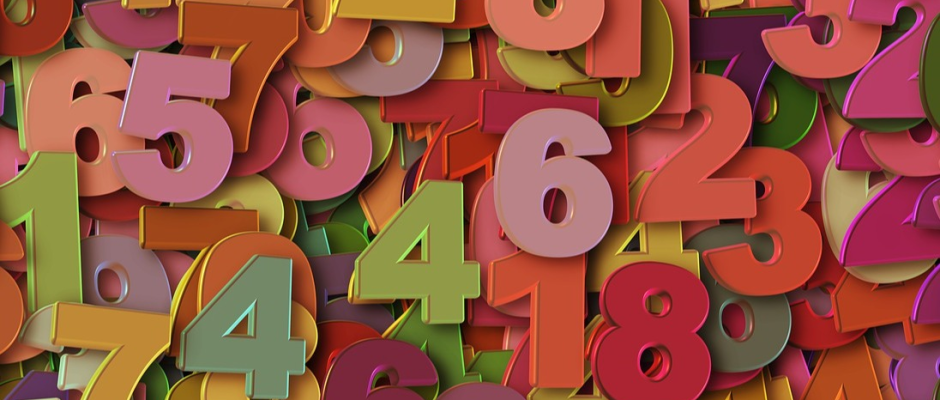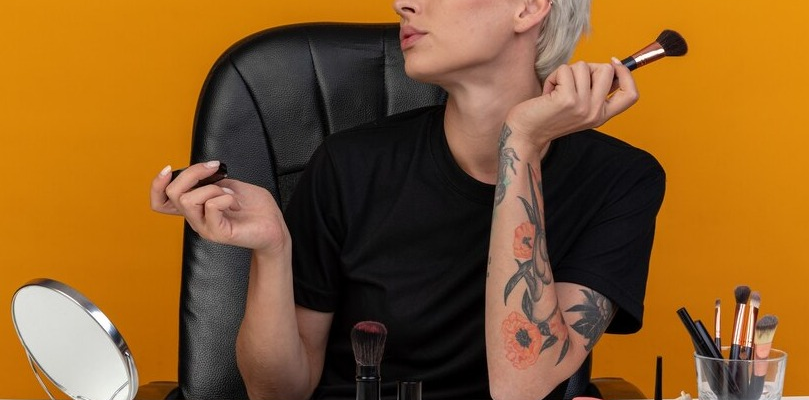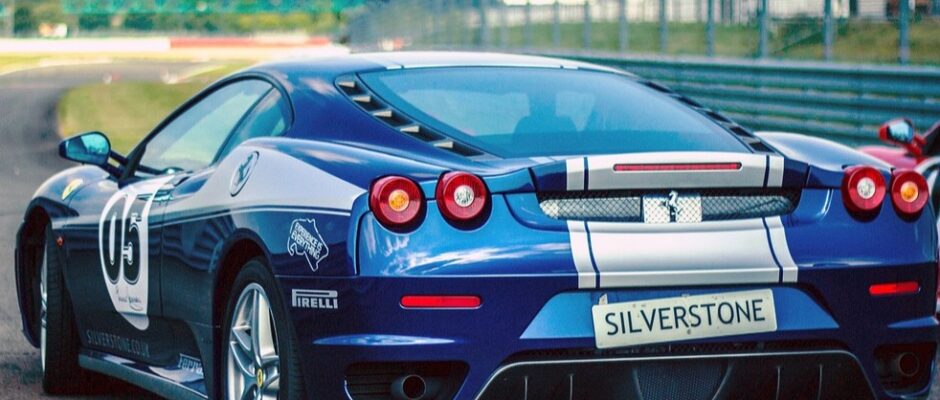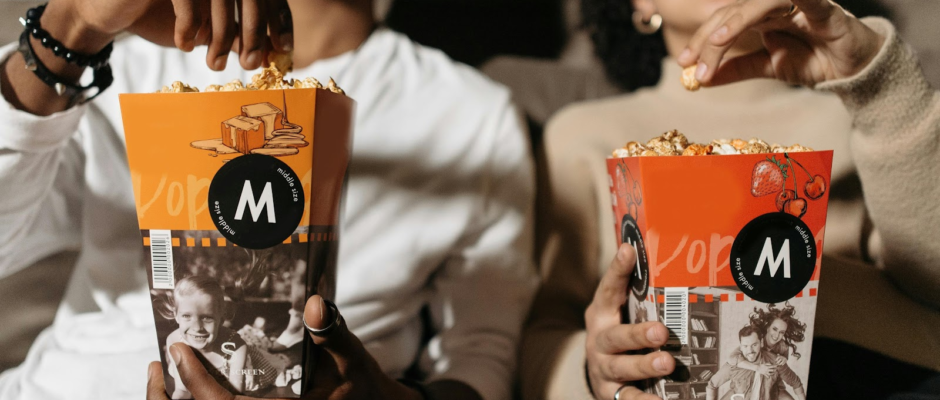Create A DIY Reading Nook For A Soulful Reading Experience
Imagine a personal sanctuary in your home, a corner that reflects your unique tastes and personality. This is your reading nook, a space where you can escape into the world of books, surrounded by creativity, imagination, and varying emotions. More than just a place to unwind, a beautifully designed reading area is a gateway to peace and tranquillity. This heaven allows you to immerse yourself in your reading without any distractions. By customizing this space to your liking, you can create a personal oasis that truly mirrors your individuality. Essential Elements For Your Reading Corner Where do you like to sit and read? On your balcony or in your bedroom? Choose the right location with ample sunlight and ventilation. A window side or corner of the balcony will be an ideal spot. Make sure the area is free from disturbances. Decide on the best seating arrangement. Choose smooth and soft cushions in attractive and calming hues for a canopy-like design. You can choose various items to make it decorative. Add natural embellishments as much as possible. Fairy lights, lamps etc will be a great choice. Let us check what materials are needed to create a canopy reading corner for yourself. The Process Clean the floor and place the rectangular bed towards the corner of the floor. Place your bookshelf near the wall and arrange the books on the shelf. Consider arranging the books by genre, author, or colour for a visually appealing display. Place your favourite planters on the corners to add a glimpse of nature. Tie the nylon thread on the ceiling hook fixed at the corner of the roof. Cover your hoola hoop with coloured ribbons. Now, connect the clothes with the hoola hoop. You can use multiple pieces of clothes for a more flared look. Using curtain panels, as they have rod pockets, will be a good idea. Cut four equal lengths of thread. These will hang the hoop from the ceiling. Tie one end of each thread to the hoop at four equidistant points around its circumference. The other ends will meet at a central point above the hoop. Hang the loop on the hook and arrange the cascading flares beautifully around the rectangular bed. Arrange cushions on the bead. To make it more attractive, arrange fairy lamps, string lights, and flowers with the cloth panels. Cosy lighting adds a different mood. You can place a cute bean bag or rug near the canopy. Now, grab your favourite book and dive into the world of incredible imagination!








